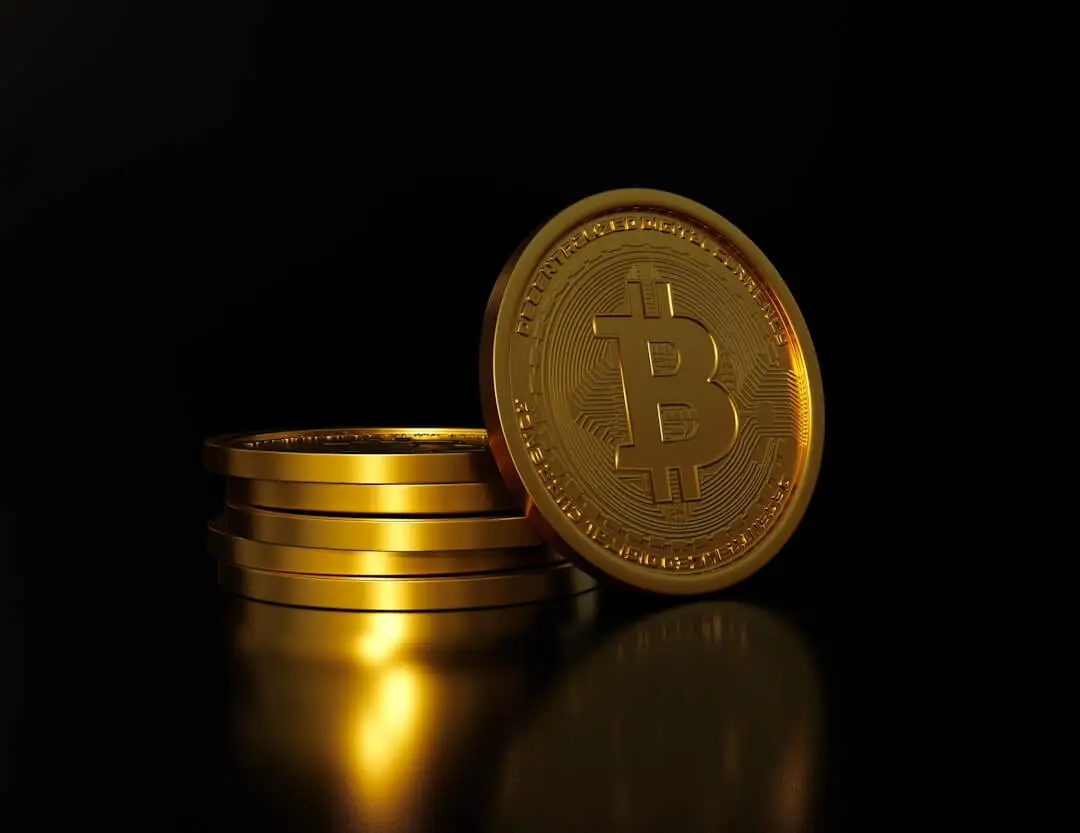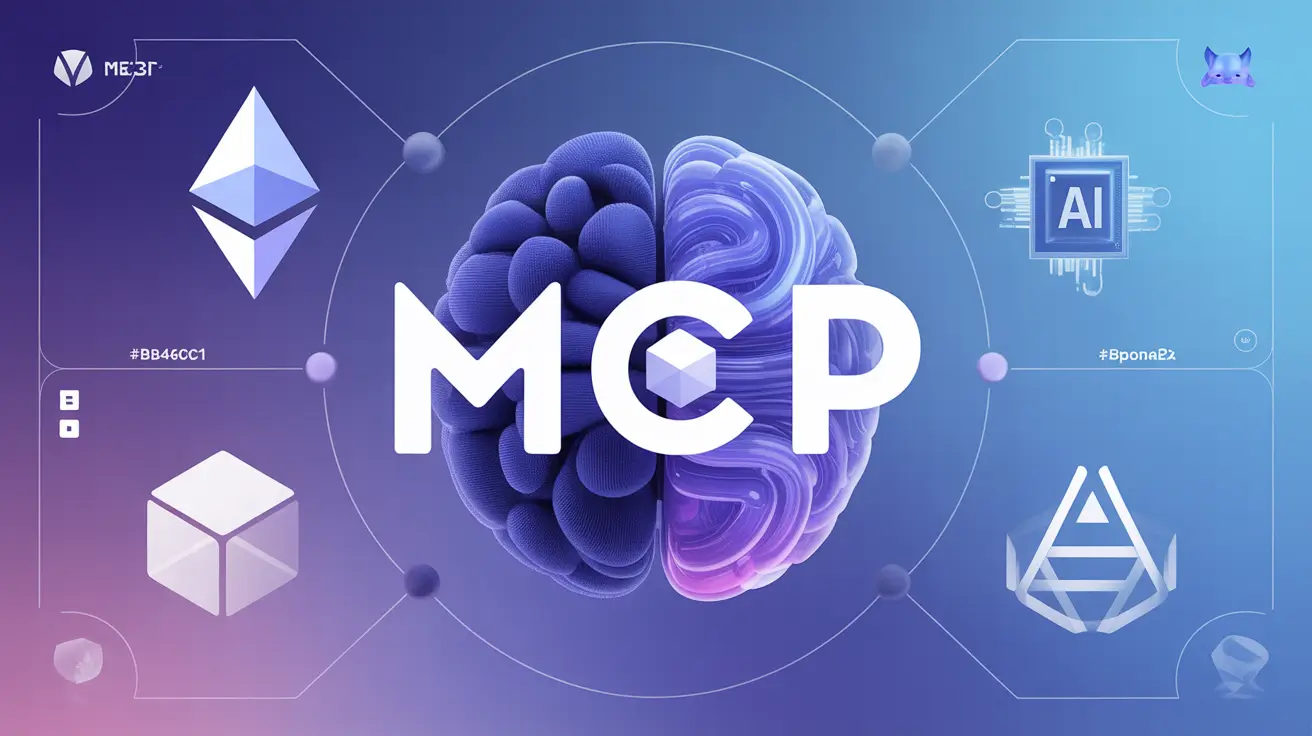Table of Contents
Welcome to the exciting world of Decentralized Finance, or DeFi for short! Imagine a world where your banking needs are met without ever stepping foot into a brick-and-mortar bank. Sounds futuristic, right? Well, the future is here. DeFi is transforming the financial landscape, shaking up how we traditionally perceive banking. With cutting-edge technologies and smart contracts, DeFi offers financial services like lending, borrowing, and trading, all without intermediaries. Let’s dive in to see how DeFi is reshaping the future of banking.
Understanding Decentralized Finance (DeFi)
Decentralized Finance, commonly known as DeFi, is quickly becoming a buzzword in the world of financial technology. While it may sound a bit like science fiction to some, it’s actually quite a practical evolution that’s changing how we think about finance and banking. Let’s dive into what DeFi is all about and how it stands apart from the traditional financial systems we’re accustomed to.


Definition and Key Concepts
At its core, Decentralized Finance refers to a new financial ecosystem built on blockchain technology. Unlike conventional banking systems that rely on centralized institutions and intermediaries like banks and brokerages, DeFi operates without a central authority. This means that financial transactions and lending, borrowing, and investing activities are conducted directly between parties using smart contracts.
Here are some key concepts you should know:
– Blockchain Technology: The backbone of DeFi, enabling secure and transparent transactions which are immutable and verifiable by anyone.
– Smart Contracts: Self-executing contracts with the terms directly written into code, offering automation and enforcement without human intervention.
– Decentralization: Removing the need for intermediaries, reducing costs, and barriers often present in traditional finance.
– Tokenization: Converting assets into digital tokens on a blockchain, allowing for fractional ownership and increased liquidity.
DeFi aims to provide more accessible, efficient, and fair financial services by leveraging these concepts, removing traditional constraints, and opening financial services to millions worldwide who may be underserved by current systems.
How DeFi Differs from Traditional Finance
The DeFi ecosystem contrasts sharply with traditional finance, bringing several transformative differences to the table. Let’s look at how.
1. Accessibilities and Inclusivity:
– Traditional banking requires extensive verification and documentation which can exclude many potential users, particularly those in developing countries. DeFi, on the other hand, merely requires internet access to participate.
2. Control Over Funds:
– Staying true to its decentralized nature, DeFi allows users to have complete control over their own funds. Unlike in a bank where control is, to some extent, shared with the institution, DeFi participants hold their own private keys, meaning they retain sovereignty over their assets.
3. Transparency and Security:
– DeFi transactions are recorded on open blockchains, providing transparency and allowing users to verify transactions independently. This transparency is often lacking in traditional banks, where transactions go through opaque, centralized systems.
4. Cost-Efficiency:
– By eliminating intermediaries, DeFi can reduce transaction fees significantly. In traditional systems, fees can add up quickly due to the number of parties involved in transferring or managing funds.
Major Players and Platforms in DeFi
DeFi’s rapid growth has been spearheaded by a number of innovative platforms and projects. Let’s take a look at some major players in the DeFi space:
– Uniswap: A decentralized exchange that allows users to swap different cryptocurrencies without the need for a centralized authority.
– Aave: Known for its lending platform where users can borrow and lend cryptocurrencies with variable or fixed interest rates.
– Compound: Similarly, Compound allows users to earn interest on their crypto by depositing them into lending pools.
– MakerDAO: Famous for its stablecoin DAI, MakerDAO provides decentralized credit services utilizing the collateralized debt model.
These and other emerging platforms are playing pivotal roles in shaping the DeFi landscape, continually introducing innovations that broaden the scope and functionality of decentralized finance.
The Impact of DeFi on Traditional Banking
DeFi is not just an incremental improvement on existing systems; it’s a revolutionary change that’s beginning to pose serious competition to traditional banking. As DeFi technologies advance, they are reshaping the role and operation of established financial institutions in significant ways.
Changes in Lending and Borrowing Practices
One of the most noticeable impacts is in lending and borrowing. Traditional banking processes for securing loans often require rigorous credit checks, lengthy paperwork, and approval times. DeFi platforms streamline these procedures by allowing peer-to-peer lending facilitated by smart contracts, making the process faster and more accessible.
– Flexibility: DeFi lending offers more flexibility with terms, interest rates, and the types of collateral accepted. Digital assets can be used as collateral, and factors such as credit scores are not always relevant.
– Global Access: Anyone with internet access can participate, opening up financial opportunities for the unbanked and those living in regions with underdeveloped banking services.
Enhancements in Payments and Transactions
Payment systems are another area where DeFi is making waves. Traditional payments often face issues such as high transaction fees, long processing times, and the risk of currency devaluation for international transactions. DeFi solutions address these through:
– Fast Transactions: Blockchain technology powers fast and secure transactions, sometimes settled in seconds or minutes rather than days.
– Lower Costs: By cutting out the intermediaries, transaction fees are dramatically reduced, making microtransactions economically feasible.
– Currency Stability: Stablecoins, pegged to real-world fiat currencies, provide a stable medium for executing payments without the volatility associated with cryptocurrencies.
Challenges Faced by Traditional Banks
The rise of DeFi also brings a host of challenges to traditional banks, which need to adapt to remain competitive. Here are a few critical challenges:
– Loss of Customer Base: As individuals get more comfortable with DeFi, banks face the risk of losing customers, particularly as younger generations prefer digital solutions.
– Revenue Streams: With DeFi cutting down on fees through decentralization, banks may experience pressure on one of their primary revenue streams.
– Innovation Pressure: Traditional banks are now under pressure to innovate and incorporate digital and blockchain technologies into their services to remain relevant.
In summary, DeFi presents both a threat and an opportunity to traditional banks. Institutions that embrace these changes and integrate blockchain technologies may find ways to complement DeFi, potentially leading to a more collaborative and hybrid financial ecosystem. As we look to the future, the dynamic between DeFi and traditional banking will be a fascinating space to watch.
The Future of Banking with DeFi
As we peer into the horizon, it’s clear that the future of banking with decentralized finance companies (DeFi) holds a world of possibilities. This movement is not just a fad; it’s a revolutionary wave reshaping how we perceive finance. Let’s explore some predictions, emerging trends, regulatory aspects, and innovation opportunities that paint a picture of this exciting future.
Predictions and Emerging Trends
Imagine a world where your bank is open around the clock, doesn’t charge hefty fees, and offers full transparency about what’s happening with your money. That’s what DeFi promises to deliver, and this future might be nearer than we think. Here are some trends we expect to see:
– Enhanced Integration with Traditional Finance: More traditional banks will likely integrate DeFi protocols into their services. This will offer a seamless balance for customers who want the convenience of both financial worlds.
– Increased Tokenization of Real-World Assets: We might see an uptick in tokenizing physical assets such as real estate or art, making investment in these areas more accessible to everyone.
– Sophisticated Financial Products: As DeFi technology advances, expect more complex financial offerings, such as decentralized saving plans or insurance policies that provide more control and benefits to users.
– Wider Use of Stablecoins: Stablecoins, which are cryptocurrencies pegged to stable assets like the US dollar, will become central to DeFi transactions as they offer a safe way to store and transfer value without volatility.
The Role of Regulation and Security
One of the significant roadblocks for DeFi is navigating the murky waters of regulation. However, regulation isn’t necessarily a bad thing. With thoughtful policies, regulation can strengthen DeFi by:
– Enhancing Consumer Protection: Users need assurance that they won’t fall victim to scams. Regulation can enforce protocols that protect consumers’ rights.
– Creating a Safety Net: With regulations in place, incidents like hacking or fraud can be minimized, as there would be set standards everyone must adhere to.
– Facilitating Institutional Participation: Clear regulations can pave the way for mainstream financial institutions to adopt DeFi technology, bringing with it more credibility and trust from the public.
While we stress the importance of regulation, security must also evolve alongside. More robust security measures need to be developed to protect digital assets and personal data from potential threats.
Opportunities for Innovation and Growth
The DeFi space is a breeding ground for innovation and growth, offering countless opportunities for entrepreneurs and tech enthusiasts alike. Imagine the creative potential with these prospects:
– Building User-Friendly Platforms: There’s a tremendous opportunity in making DeFi platforms more accessible to everyday users who might not be technical experts. Simplifying user interfaces and improving user experience will spur wider adoption.
– Developing Cross-Chain Solutions: As DeFi grows, interoperability between different blockchain networks will be crucial. Solutions that allow seamless communication and transactions across various chains will be innovative game-changers.
– Pioneering New Financial Models: DeFi opens a Pandora’s box of possibilities for creating entirely new models of finance that do not exist in traditional systems, like community-based loans or yield farming strategies.
The beauty of DeFi lies in its open-source nature, allowing anyone with a brilliant idea to contribute to this dynamic ecosystem. This democratization of financial innovation promises an exciting future where finance is fundamentally transformed and accessible to all. As DeFi continues its upward trajectory, one thing is certain: the future of banking will never be the same, and that’s something worth getting excited about!
Conclusion
So, there you have it! DeFi is not just creating a buzzword or a trendy topic to chat about over your morning coffee. It’s genuinely unraveling a new era in financial innovation that’s redefining how we think about, interact with, and experience banking. From offering decentralized loans to facilitating transparent financial transactions, DeFi is reshaping banking into something that feels more personal, accessible, and empowering for everyone involved.
– Inclusivity: Amplifying access to financial services globally.
– Efficiency: Cutting down red tape and speeding up transactions.
– Transparency: Ensuring everyone has a clear view of financial processes.
As these transformations continue to unfold, the future of banking looks bright and brimming with possibilities. Whether you’re just curious or looking to jump into the DeFi craze, one thing is for sure—banking as we know it is evolving, and it’s about time we all take notice!





